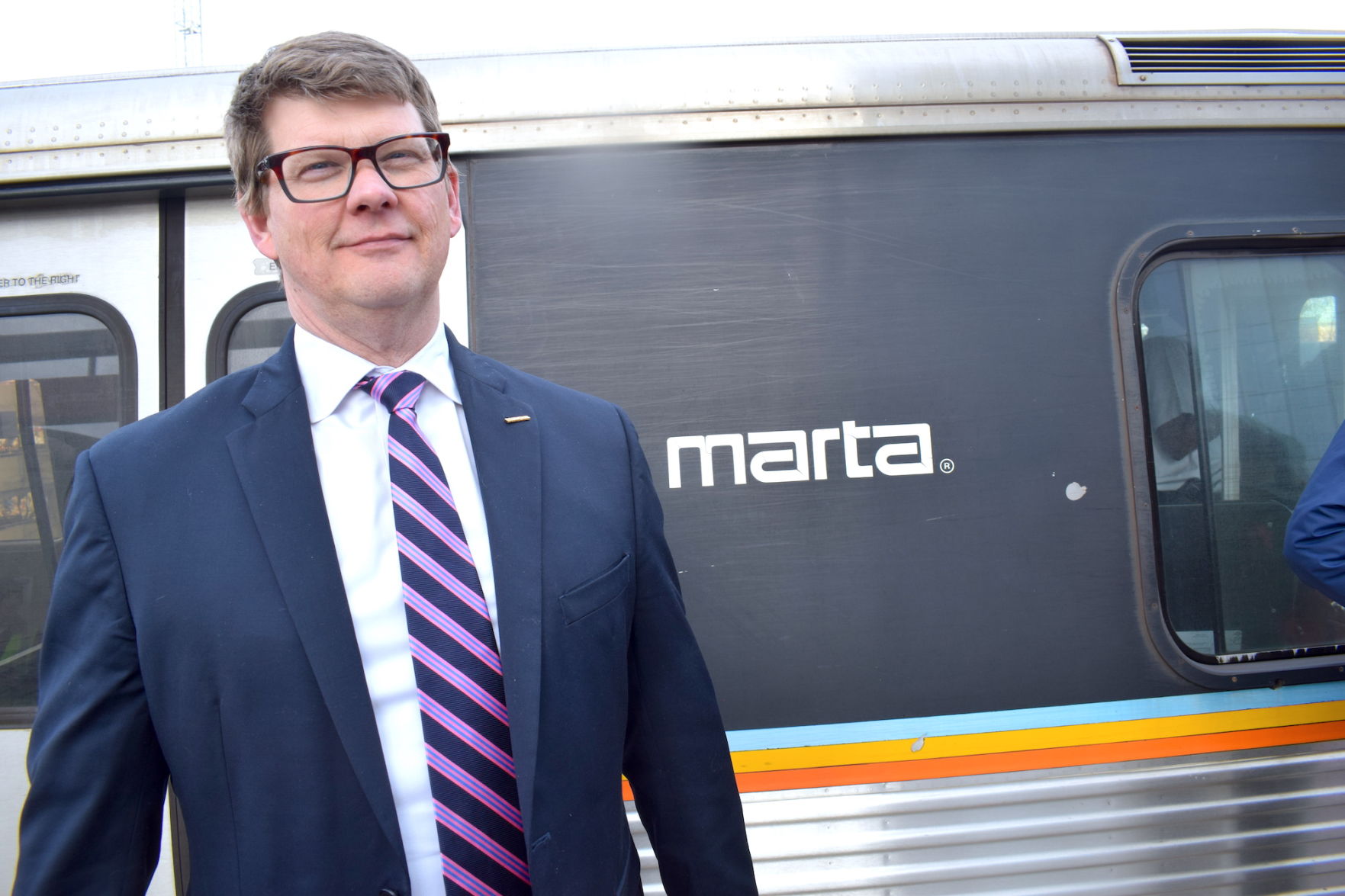
Showing dangerous or self-harmful behavior: The person engages in potentially dangerous behavior, such as driving recklessly, having unsafe sex, or increasing their use of drugs and/or alcohol.Įxperiencing recent trauma or life crisis: Examples of crises include the death of a loved one or pet, divorce or break-up of a relationship, diagnosis of a major illness, loss of a job, or serious financial problems.īeing in a state of deep despair: The person talks about feeling hopeless, having no reason to live, being a burden to others, feeling trapped, or being in severe emotional pain.

They sleep much more or much less than typical for that person. Also, they suddenly become less concerned about their personal appearance. They also lose interest or pleasure in activities they previously enjoyed.Ĭhanges in personality, appearance, sleep pattern: The person’s attitude or behavior changes, such as speaking or moving with unusual speed or slowness. Withdrawing from others: The person chooses to be alone and avoids friends or social activities. Sudden calmness: The person suddenly becomes calm after a period of depression or moodiness. Depression is a major risk factor for suicide.
#Atlanta marta ceo death professional
But again please see a mental health professional or call one.įrom the Mayo Clinic : What are some of the most common suicide warning signs?īeing sad or moody: The person has long-lasting sadness and mood swings. But if you are not able to I’ve included a few from a reputable source below. The best option is to have this person if possible see a mental health professional who can better assess the situation. But there are sometimes in which people have exhibited behaviors that are concurrent with attempts at self-harm. There is no one key identifier as to who is suicidal. This move saw 96 of its 113 routes switch to that schedule on top of the previous re-routes. Which has included all bus services being moved to a Saturday schedule in mid-December. Despite this, staffing issues have persisted, resulting in shortages on top of a 50% decrease in ridership since the pandemic began. This is an uncommon scenario but is a result of several racist anti-public transit initiatives and legislation that emerged in the 1960s/70s as MARTA was being founded.Īdditionally, MARTA back in 2020 announced that the agency would not have to lay off workers due to $298 million in federal funds from the Trump administration. The agency can also make money by monetizing its vehicles and train stations. MARTA is not supported financially by the state of Georgia, it relies on ridership revenues, in addition to a special tax that is paid by residents of the city of Atlanta, Fulton County, DeKalb County, and Clayton County. This loss added to hardship as the agency made very contentious cuts to service as a result of revenue loss. Then in 2020, the pandemic hit the agency hard as ridership plummeted, as well as a decrease in much-needed revenues.

The second is the moving of the Gwinnett County vote on MARTA expansion from November 2018 to March 2019, resulting in a loss. The ATL then seemed like a long-term play to outright replace MARTA, on the terms of the backers of those not interested in MARTA. The first was the Republican-led (Brandon Beach GA-21) and appointed the Atlanta Transit Link Authority, aka The ATL, a regional transit initiative that started in late 2018. Parker’s ambitions came on an upswing in MARTA that would face some serious uphill challenges. Parker’s era dealt with massive challenges outside of MARTA’s control Parker advocated for true regional expansion of MARTA into Gwinett County as well as train access into Clayton, including a 10-year agreement. In addition to seeking big swings at expanding the agency.

This is compared to other large metros such as Los Angeles, which will be spending $120 billion on transit over 40 years, Seattle at $54 billion over 25 years, and the Washington DC metro area potentially allocating a whopping $500 billion in transit projects over 20 years. Now $100 billion seems like a much more pressing priority for a future that will be reliant on a plethora of mass transit options.Īs my colleague Maggie Lee broke it down, this equates to $2.5 billion per year for 40 years. Also, the United States is projected to have a more than 40 percent increase in population by 2050 – reaching nearly 440 million.

The United Nations projects that 68 percent of the entire globe’s population will be in cities by 2050. This 49 percent population increase would put Atlanta behind only New York, Los Angeles, Dallas, Houston and Chicago metro areas.īut this isn’t just limited to Atlanta. By 2050 Atlanta is expected to be the sixth largest metropolitan area in the United States.


 0 kommentar(er)
0 kommentar(er)
